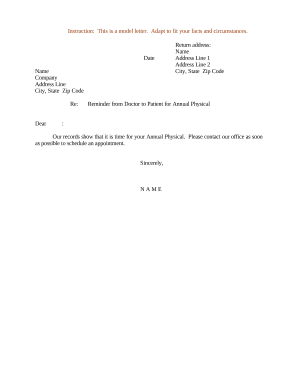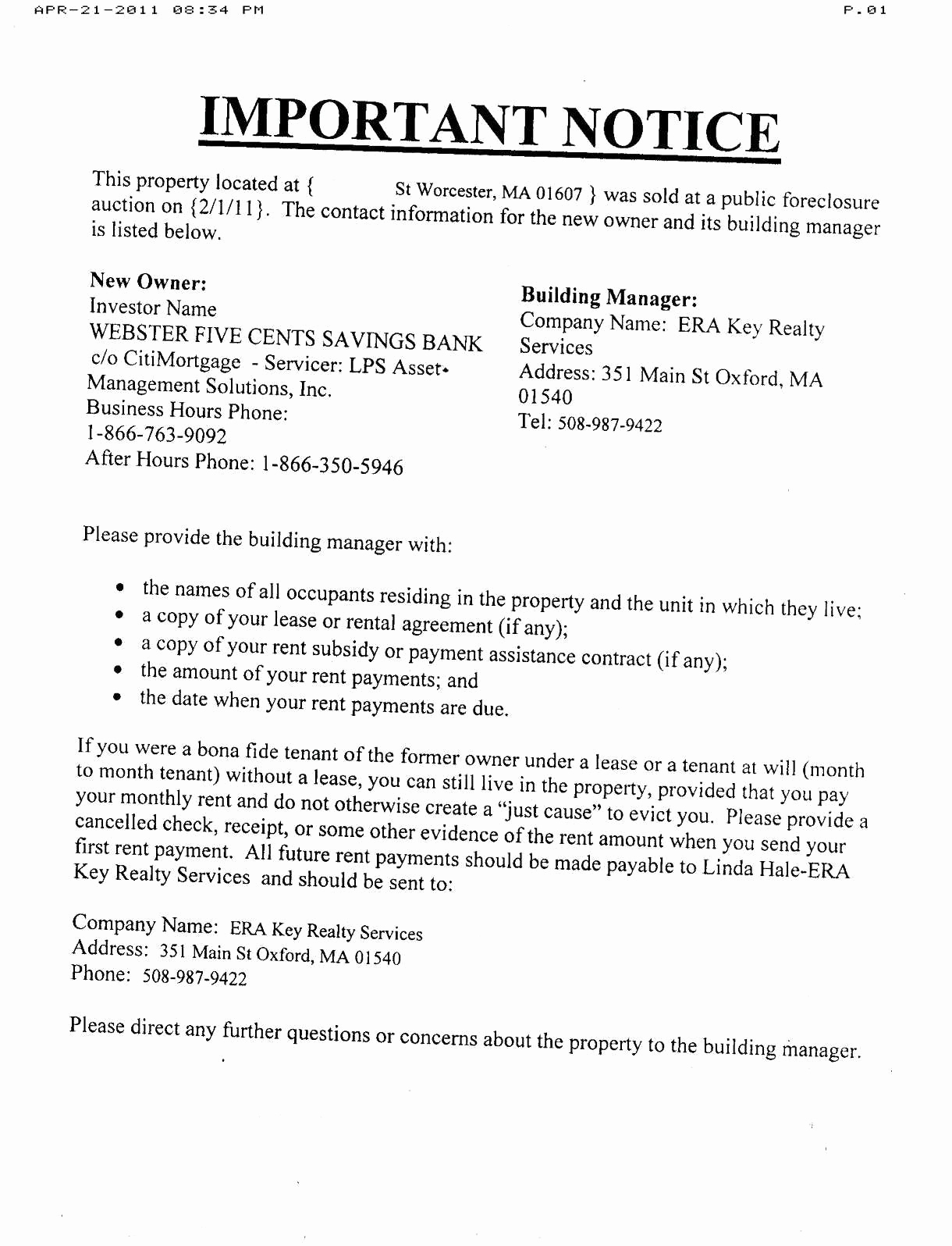

The right to offset is typically difficult for a tenant to achieve, and the tenant should consult with an experienced real estate leasing attorney before pursuing that strategy. However, perhaps the most immediate and effective remedy after a default by the landlord, from the tenant’s perspective, would be to perform the landlord’s obligation itself and then deduct the costs incurred from future rental payments owed to the landlord.

Most leases (and the laws of most states, if the lease is silent) essentially prohibit the right of offset, so the sophisticated and creditworthy tenant will need to negotiate for such a right before the lease is finalized. However, a tenant needs to closely review the lease agreement and know the local applicable law before ever deciding to take such an aggressive measure. Part two of this series will explain how and when to include offset provisions in a lease.Ī commercial tenant’s right to remedy a default by the landlord by performing the required work itself and then offsetting the costs of such work against future rental payments is likely the most immediate and effective remedy a tenant could ever have.


Part one of this series explains a landlord’s obligations under commercial lease agreements and the remedies available for a commercial tenant should a landlord default.


 0 kommentar(er)
0 kommentar(er)
